This is the most well-known and well-feared in all of Mexico. It’s been passed down from one generation to another and there’s even some people who claim they’ve caught her on film. The origin date of this particular legend is unknown, but what is certain is that it’ll make the hairs on the back of your head stand on end. This is the story of La Llorona (The Wailer), a wandering soul that roams the streets at night weeping and wailing in sorrow. Her heartrending wails shake the windows of every house, her moaning so full of sorrow that it makes dogs howl and the chill of her pain freezes the streets and the souls of all who hear them.
La Llorona is the ghost of a woman condemned to walk the earth for all eternity as a punishment for murdering her children. There are many versions of this story, but all of them share the same tragic end. In some states it’s the story of a woman from a modest family that fell madly in love with a handsome and wealthy Spaniard who, after finding out she’s so obsessed with him, seduces her so he can take her to bed but as soon as he found out she’s pregnant he vanished without a trace. Others say that it’s the Malinche, the woman who served as an interpreter for Hernán Cortés. Said woman fell in love with him but was cast aside when she became pregnant. Such was her love for Cortés that she killed her new-born child just so he would stay with her. Yet another version says a young woman from a wealthy family got pregnant from a man from a poor family. Her parents found out and hid her so nobody could talk behind her back for having relationships out of wedlock. As soon as her child was born, the young mother was forced to drown the baby in the river and, even worse, she had to let the current drag the body away so she wouldn’t have to bury him and raise suspicion.
Losing a son is an experience no mother wants to go through, but killing them yourself is a whole other can of worms. The Weeping Woman wanders at night weeping and wailing her eternal suffering. Legend says she always cries “Ay, mis hijos!” (Oh, my children!), and many say it’s true. Others say it’s just a cry so cold and creepy it freezes you completely, rendering you immobile. Some others have seen her and describe her as a pale woman with long, straight black hair dressed in white with a face distorted into a perpetual expression of sorrow.
You might not believe me, but maybe you’ll believe the video in this link:
https://www.youtube.com/watch?v=goktY3OxIkA



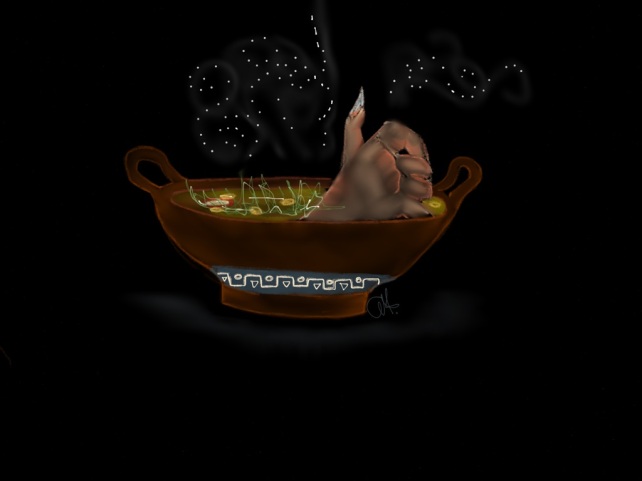
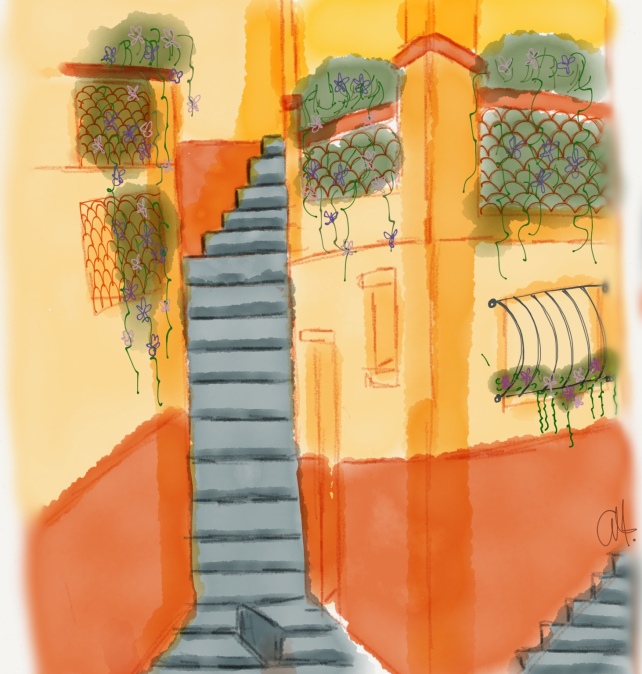
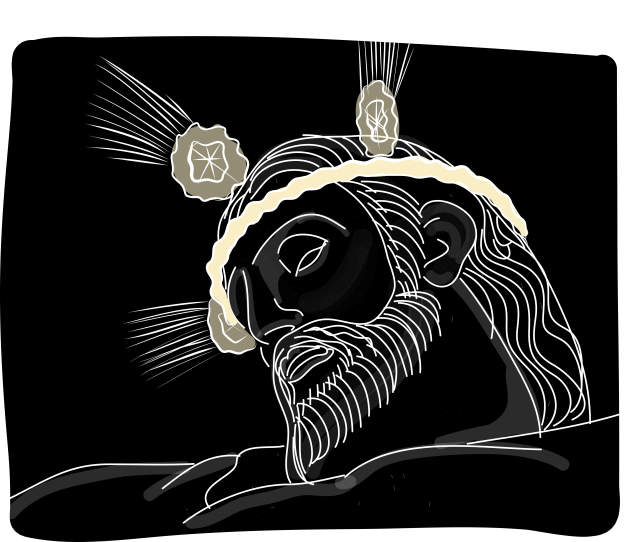
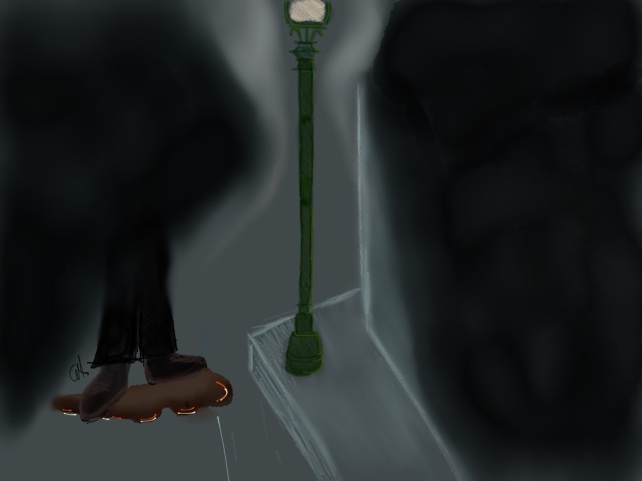


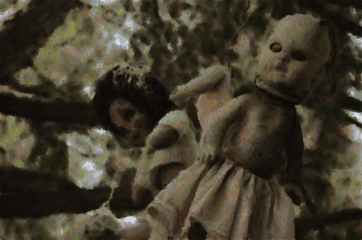

 There are no names of streets or people in this story, there’s only what’s been passed by word of mouth and what can still be seen in some parts of Mexico City and some remote little towns all over the country. Since ancient times, grown-ups have developed the habit of pulling little children away from windows after nightfall and you are about to learn why.
There are no names of streets or people in this story, there’s only what’s been passed by word of mouth and what can still be seen in some parts of Mexico City and some remote little towns all over the country. Since ancient times, grown-ups have developed the habit of pulling little children away from windows after nightfall and you are about to learn why.